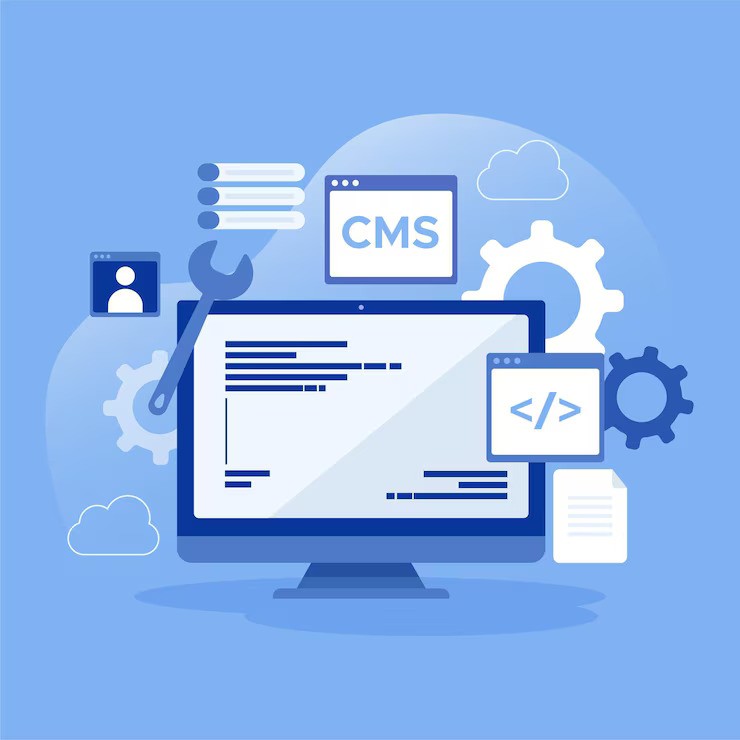Frequently Asked Questions
Search Engine Marketing (SEM) works by leveraging paid advertising and SEO strategies to improve a website’s visibility on search engine results pages (SERPs). Businesses bid on keywords relevant to their products or services, and their ads appear when users search for those terms. The process involves:
- Keyword Research: Identifying the most relevant and profitable keywords for your business.
- Ad Creation: Developing compelling ads that attract clicks and drive traffic.
- Campaign Management: Setting budgets, targeting specific audiences, and optimizing ad performance.
- Performance Tracking: Analyzing campaign results to refine and improve outcomes.
SEM ensures your business appears in front of potential customers when they are actively searching for what you offer.
The primary objectives of an SEM campaign include:
- Increasing Website Traffic: Driving more visitors to your website by appearing at the top of search engine results.
- Generating Leads: Attracting high-quality prospects likely to convert into customers.
- Boosting Brand Visibility: Enhancing your online presence to build trust and recognition among potential customers.
- Maximizing ROI: Ensuring that every advertising dollar spent delivers measurable returns.
- Targeting Specific Audiences: Reaching users based on their location, interests, or search behaviour.
There are two main types of search engine marketing:
- Search Engine Optimization (SEO): Focuses on improving a website’s organic ranking in search results through content optimization, backlink building, and technical SEO.
- Pay-Per-Click (PPC) Advertising: Involves running paid ads on search engines where advertisers pay each time a user clicks on their ad. This method delivers immediate results and is highly customizable.
When using SEM, your ads can appear in various locations, depending on the advertising platform:
- Search Engine Results Pages (SERPs): Ads appear at the top, bottom, or side of the organic search results.
- Display Networks: Your ads can show on websites, blogs, and apps that are part of the search engine’s display network.
- Shopping Results: Product-specific ads appear in shopping sections, often with images and prices.
- Video Platforms: Ads can appear on platforms like YouTube, integrated with the search engine’s advertising network.
- Local Listings: Ads may appear in map packs or local business listings for location-based searches.
These placements ensure your ads reach potential customers wherever they are in their online journey.
Web services encompass a range of offerings aimed at building and maintaining an online presence. These include:
- Website Design and Development: Crafting layouts, navigation, and functionality.
- Web Hosting: Providing a server for your website to be accessible online.
- Search Engine Optimization (SEO): Optimizing the website for better visibility on search engines.
- Content Management: Adding, editing, and updating website content.
- Maintenance and Support: Regular updates, bug fixes, and performance optimization.
Web design services are essential for:
- Businesses: To create an online presence and attract customers.
- E-commerce Platforms: For selling products and services online.
- Startups: To establish credibility and brand awareness.
- Nonprofits and Organizations: To share their mission and connect with donors.
- Individuals: Such as bloggers, artists, or professionals showcasing portfolios.
Whether you’re launching a new venture or upgrading an existing website, professional web design ensures your site stands out and functions effectively.








